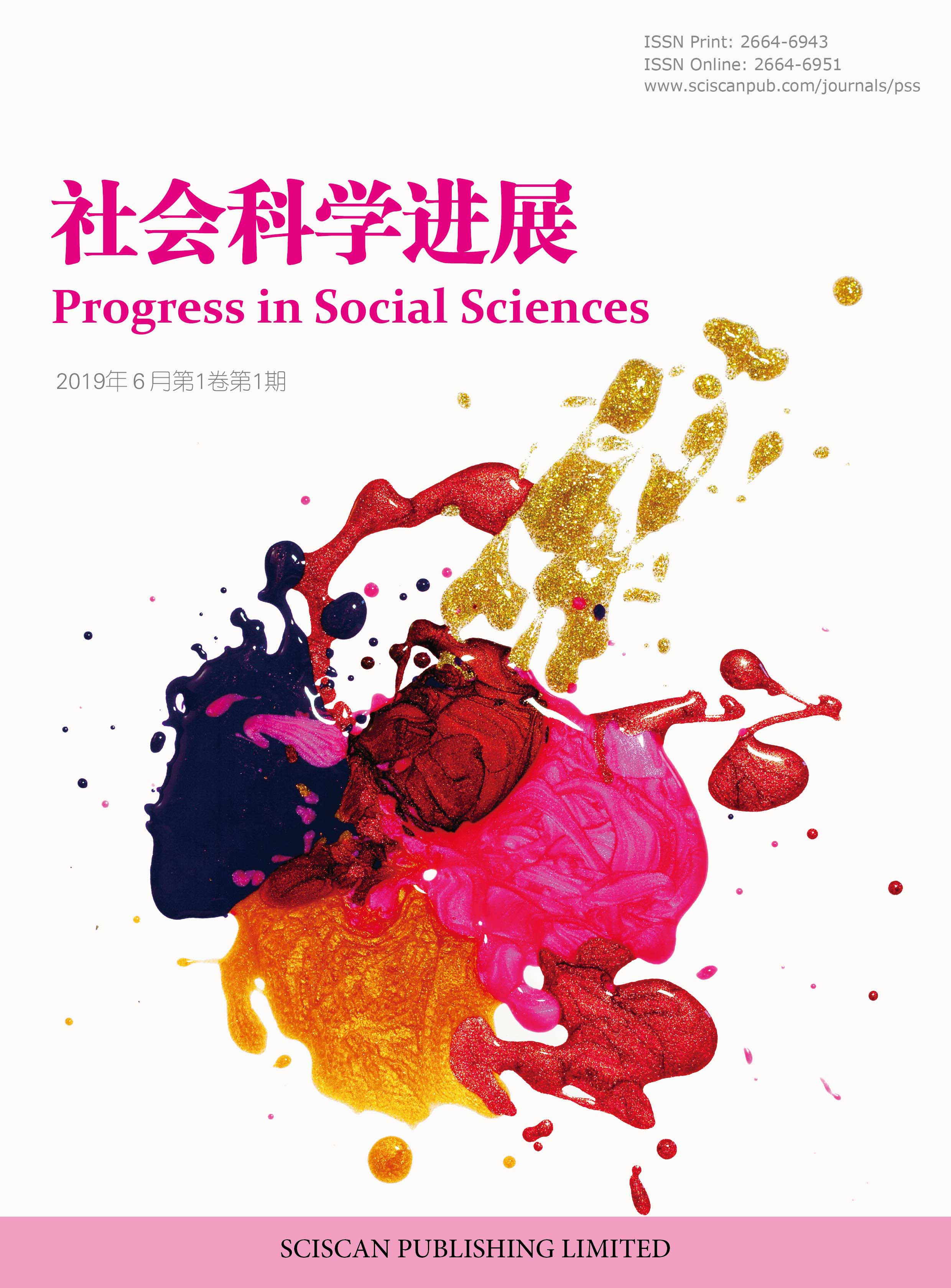Progress in Social Sciences
ISSN Print: 2664-6943
ISSN Online: 2664-6951
Contact Editorial Office
Subscribe to the latest published information from SCISCAN
粤港澳大湾区人口、经济与环境协同的理论框架与分析视角探析
The Theoretical Framework and Analytical Perspectives of Population, Economy and Environment Synergy in Guangdong-Hong Kong- Macao Greater Bay Area
- Authors: 钟柳青¹ 傅愈² 王文军² 吴嘉军³
-
Information:
1.广东医科大学人文与管理学院,东莞; 2.深圳市云天统计科学研究所,深圳; 3.东莞市维科应用统计研究所,东莞
-
Keywords:
Guangdong-Hong Kong-Macao Greater Bay Area; Population; Economy and environment; Synergic mechanism粤港澳大湾区; 人口、经济与环境; 协同机制
- Abstract: At the initial stage of the strategy of Guangdong-Hong Kong- Macao Greater Bay Area(GBA), the effects of various policies and measures have not yet appeared, it is difficult to carry out empirical analysis, but should be prepared for the theory as soon as possible. It is necessary and realistic to study the synergy between population, economy and environment in GBA and analyze the interrelation between subsystems, which can provide policy clues for regulating or avoiding adverse consequences. Based on this, this paper presents a theoretical analysis model consisting of system state, factor relationship, target function and constraint condition, synergistic mechanism, etc., and makes mathematical deductions to the theoretical model. This paper puts forward the theoretical hypothesis of “innovation spillover effect”, that is, under the condition of the optimal solutions and synergy of the system’s synergy, innovation can not only produce its own effect, but also produce the external benefits of synergy by changing the factor relationship. Finally, from three aspects of the empirical research, policy analysis and situation analysis, The future research direction is proposed. 目前正值粤港澳大湾区战略实施的初期阶段,各项政策措施的效应还没有显现出来,难以进行实证分析,但应该尽快做好理论准备。研究大湾区人口、经济与环境之间的协同状态和机制,分析各子系统之间的相互关系,可以为调控或规避不利后果提供政策线索,具有必要性和现实意义。基于此,本文提出由系统状态、要素关系、目标函数和约束条件、协同机制等构成的理论分析模型,并对理论模型进行了数理推导。本文提出“创新的溢出效应”理论假设,即在系统协同的帕累托最优解集和协同稳定性的条件下,创新不仅可以产生自身效应,而且可以通过改变要素关系产生协同的外部收益。最后,从实证研究、政策分析和情景分析三个方面对粤港澳大湾区人口、经济与环境协同研究进行了展望。
- DOI: https://doi.org/10.35534/pss.0403030
-
Cite:
钟柳青,傅愈,王文军,等.粤港澳大湾区人口、经济与环境协同的理论框架与分析视角探析[J].社会科学进展,2022,4(3):340-357.
















